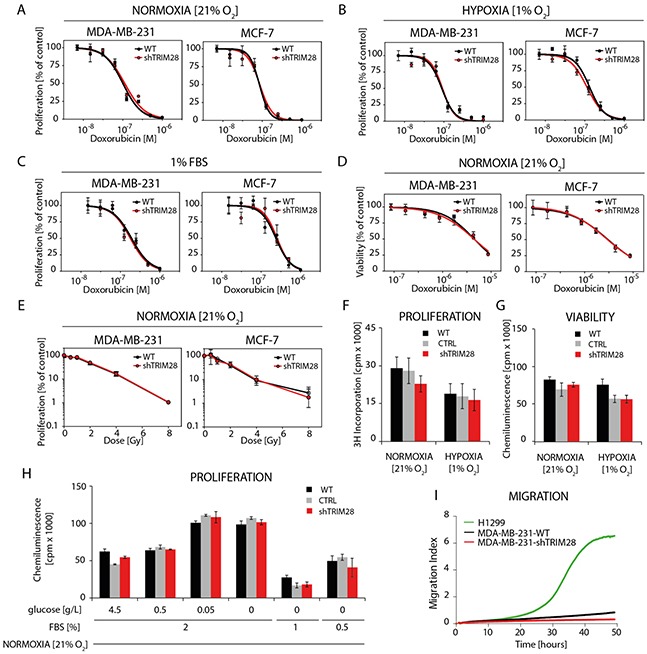Figure 3. TRIM28 knockdown does not affect breast cancer cell chemo- and radioresistance in vitro.

A, B, C. The dose response curves show the relative proliferation in vitro (3H-thymidine incorporation assay) of TRIM28WT and TRIM28KD (sh#1) cells after doxorubicin treatment in normoxia (A), hypoxia (B) and low level of serum (C). Error bars, SD; n = 4; p > 0.05. D. The dose response curves presenting relative cell viability in vitro (ATPlite™ Luminescence Assay) of TRIM28WT and TRIM28KD (sh#1) cells after doxorubicin treatment in normoxia. Error bars, SD; n = 4; p > 0.05. E. Radiation dose response curves show the relative proliferation of TRIM28WT and TRIM28KD (sh#1) cells 80 hours after γ-irradiation. Proliferation was analyzed using an 3H-thymidine incorporation assay. Error bars, SD; n = 3; p > 0.05. F, G, H. The proliferation and viability of breast cancer cells in normoxia (F), hypoxia (G) or in low level of serum and/or glucose (H) is not affected in vitro by TRIM28 knockdown as determined using 3H-thymidine incorporation assay and ATPlite™ Luminescence Assay, respectively. Error bars, SD; n = 3; p > 0.05. I. Preliminary results from in vitro migration assay using xCELLigence® RTCA DP instrument revealed very low potential of MDA-MB-231 triple-negative breast cancer cells to migrate in vitro when attracted with 10% FBS containing medium. Lung cancer H1299 cell line was used as a positive control.
